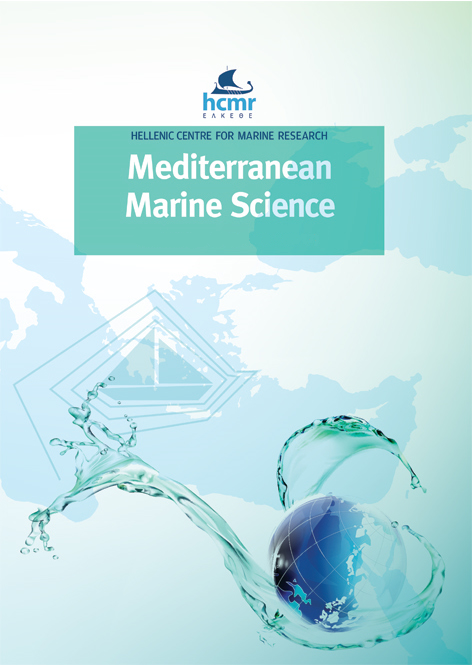Βenthic hydrozoan assemblages as potential indicators of environmental health in a Μediterranean Μarine protected area
Περίληψη
The comparative study of marine benthic hydrozoan assemblages can improve our understanding of environmental and ecological conditions in marine protected areas (MPAs) such as the large Mediterranean MPA of Datça-Bozburun, where important prospects for future intensive tourism development exist. The analysis of such assemblages may help managers detect changes in important parameters of ecosystem health within this MPA. In this study we compared the hydrozoan assemblages occurring on hard (rocky) and soft (Posidonia meadows) bottoms from stations belonging to three different conditions: i) small marinas (medium anthropogenic impact), ii) yacht stopovers (low impact), and iii) unspoiled sites (no impact) in the southern part of the Datça Peninsula during summer and winter 2015 and 2016. Significant differences in the structure, species composition and richness of benthic hydrozoans among the sampling sites were detected. In both seasons, hydroid assemblages in medium-impact sites significantly differed from little-impact and no-impact sites in terms of qualitative composition. Large structural species were widely represented in all hard-bottomed sampling sites, but small inconspicuous taxa with diverse life histories were much less abundant at the medium impacted sites. Species richness and diversity in Posidonia meadows was much higher in little- and no-impact sites, where highly specific hydroid epibionts were abundant.
Λεπτομέρειες άρθρου
- Πώς να δημιουργήσετε Αναφορές
-
YILMAZ, I. N., MARTELL, L., TOPCU, N. E., & ISINIBILIR, M. (2020). Βenthic hydrozoan assemblages as potential indicators of environmental health in a Μediterranean Μarine protected area. Mediterranean Marine Science, 21(1), 36–46. https://doi.org/10.12681/mms.20593
- Τεύχος
- Τόμ. 21 Αρ. 1 (2020)
- Ενότητα
- Research Article
Authors who publish with this journal agree to the following terms:
- Authors retain copyright and grant the journal right of first publication with the work simultaneously licensed under a Creative Commons Attribution Non-Commercial License that allows others to share the work with an acknowledgement of the work's authorship and initial publication in this journal.
- Authors are able to enter into separate, additional contractual arrangements for the non-exclusive distribution of the journal's published version of the work (e.g. post it to an institutional repository or publish it in a book), with an acknowledgement of its initial publication in this journal.
- Authors are permitted and encouraged to post their work online (preferably in institutional repositories or on their website) prior to and during the submission process, as it can lead to productive exchanges, as well as earlier and greater citation of published work (See The Effect of Open Access).






